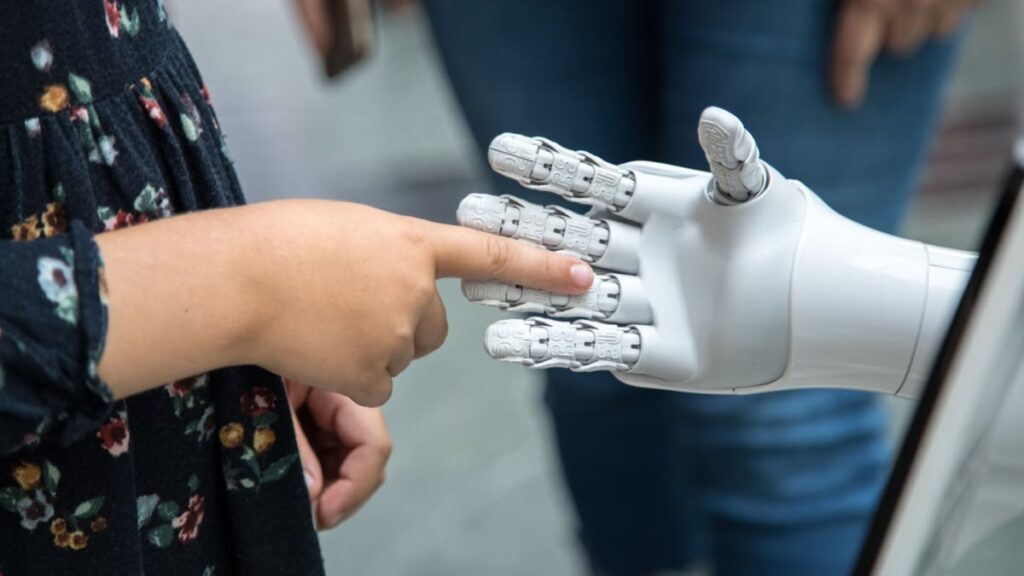Recent advances in bionic limb technology have brought us closer to the reality once imagined in science fiction. A recent clinical trial demonstrated a revolutionary method that improves the integration of bionic prostheses with the human body. Researchers have developed a technique that surgically reconstructs muscle pairs, allowing amputees to control robotic limbs via brain signals, improving their ability to navigate obstacles and stairs with ease.
Anatomical approach
Traditionally, prosthetic design viewed the human body as a limitation. However, bioengineer Tyler Clites, now at UCLA, proposes an “anatomical” approach that integrates the body with machines. This technique reconfigures muscles, bones and nerves to create a more natural communication path between the bionic limb and the nervous system. By using biological elements, prostheses can imitate natural movement and proprioception – the body’s awareness of its position and movement.
Agonist-antagonist myoneural interface (AMI)
The agonist-antagonist myoneural interface (AMI) technique is at the forefront of this integration. By reconstructing muscle pairs, recipients can perceive movements in their prosthetic limb as natural sensations. In a recent trial, those who underwent AMI surgery saw a 40% increase in walking speed, approaching the pace of those without amputation.
Innovations in the integration of prosthetics
Furthermore, osseointegration techniques, which attach the prosthesis directly to the bone using titanium screws, offer improved comfort and stability compared to traditional bearings. Innovations such as targeted muscle reinnervation (TMR) and regenerative peripheral nerve interfaces (RPNI) are also improving the control and feedback of prosthetic limbs.
Conclusion
As researchers continue to refine these techniques, the vision of seamlessly integrated bionic limbs controlled by the brain is becoming more tangible, offering hope and an improved quality of life to amputees around the world.


